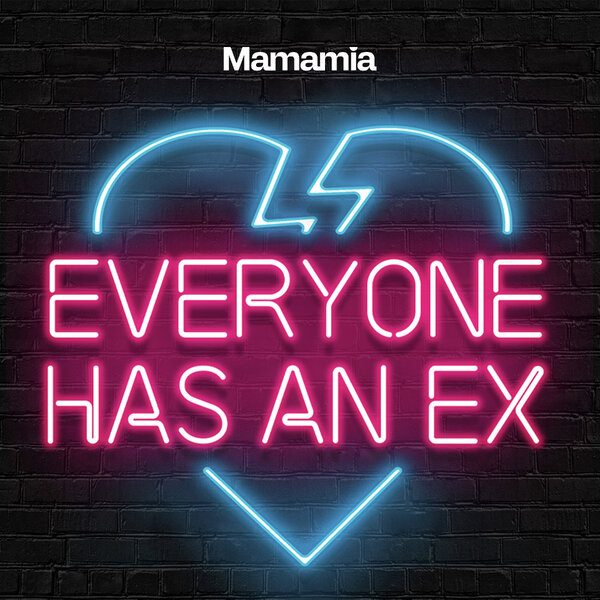
So, you think you have a secure attachment style? Think again. Turns out, there is one attachment style growing faster than others, and it's not the one that everyone wants.
On Mamamia's No Filter podcast, we spoke to clinical psychologist and attachment theory expert Dr Morgan Anderson, whose goal it is to help women heal and have better relationships.
After losing her mum at six years old, then watching her father navigate difficult relationships, the doctor confessed her chaotic family system influenced her love life down the track.
Watch the signs you're dating a narcissist. Post continues after video.
"I experienced childhood trauma," Dr Anderson told Mia Freedman. "Then, of course, when I began to date, I was very attracted to the emotionally unavailable man."
It was when she found herself in a relationship with a narcissist that Anderson hit "rock bottom," having a near death experience. And she knew it was time for a change.
"I threw myself into researching attachment styles and learning everything I could about rewiring your brain so that you can have a healthy relationship."





























































































